About
Richard Gilbert Saxon was born on April 14th 1942 in Ashton under Lyne, a satellite town east of Manchester. His parents were The Rev. Canon Eric Saxon QHC and Ruth Saxon, ne Higginbottom, daughter and granddaughter of Manchester architects. Saxon’s middle name is that of her father. Eric, Richard and younger brother David attended Manchester Grammar School (MGS), founded in 1515 and then a direct grant grammar school.
Richard became attracted to architecture, though he never met his grandfather who died very young. MGS supported his interest, and he won a place at Liverpool University in 1960.

Liverpool is a very architectural city and was becoming the popular music capital of the world at that date. Richard got work experience each summer at Fairhurst Architects in Manchester, then met George Grenfell Baines, founder of multi-discipline practice BDP, when he lectured at Liverpool in his third year. As a result, he applied for a six-month, fourth year practical training position at BDP Manchester.
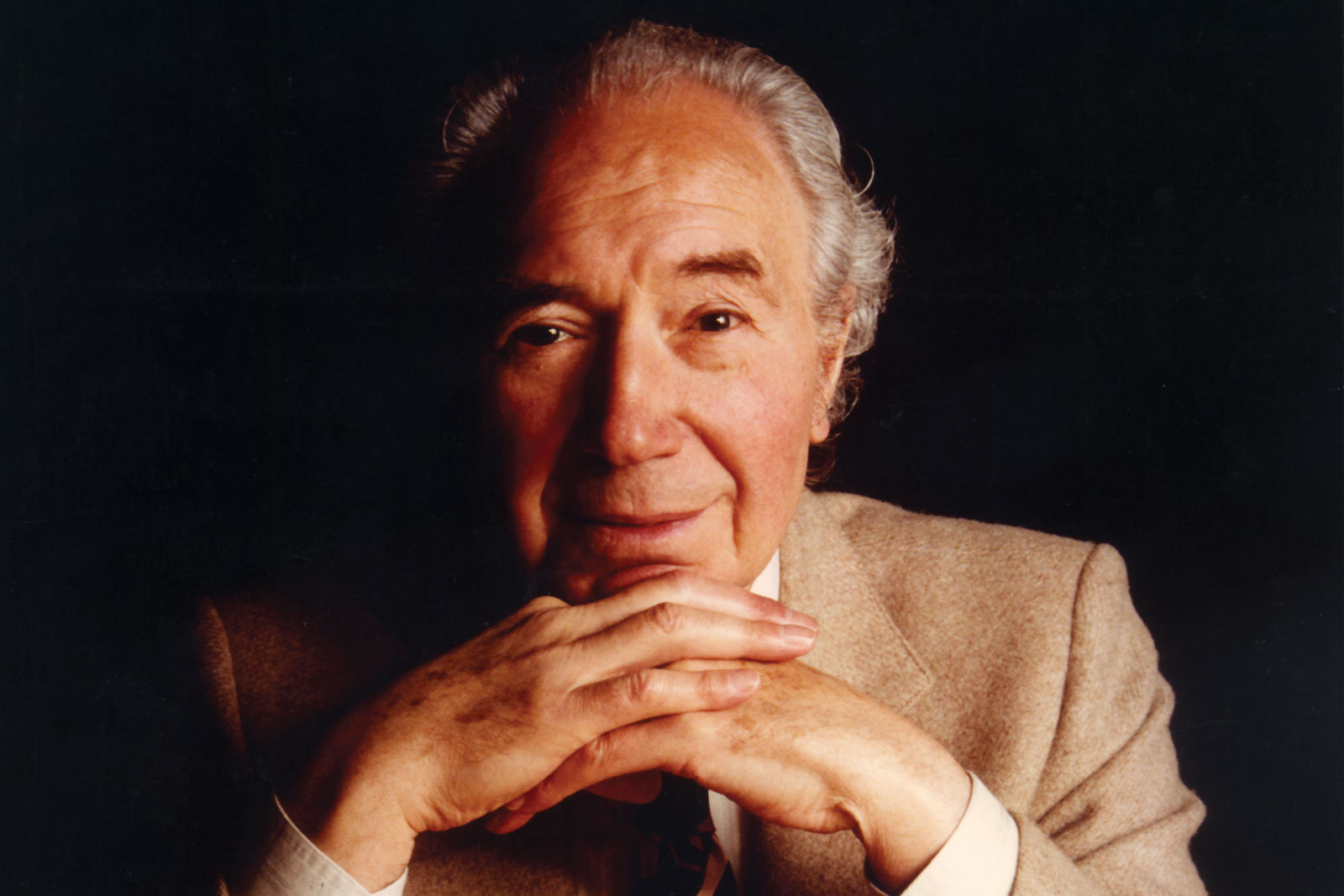
That six months became only three as Richard also won an exchange studentship in the Chicago office of CF Murphy and Partners (later Murphy Jahn). After a formative experience in the USA, working and travelling to see admired buildings, especially those by Eero Saarinen, Richard returned to school and to BDP, graduating with first class honours in 1965, then taking a masters in civic design (town planning) in 1966.

After working on Manchester University Computer Building and the Coal Handling building for Ratcliffe on Soar power station, he joined the team designing the dramatic headquarters for the Halifax Building Society in 1968. That year he also married Elizabeth Anne Tatton, graduate historian at Oxford University but to become a lawyer. The Halifax HQ, for which Richard resolved the basic building geometry and looked after the integration of a vast filing machine for title deeds, was a multiple award winner and was listed Grade II in 2013.
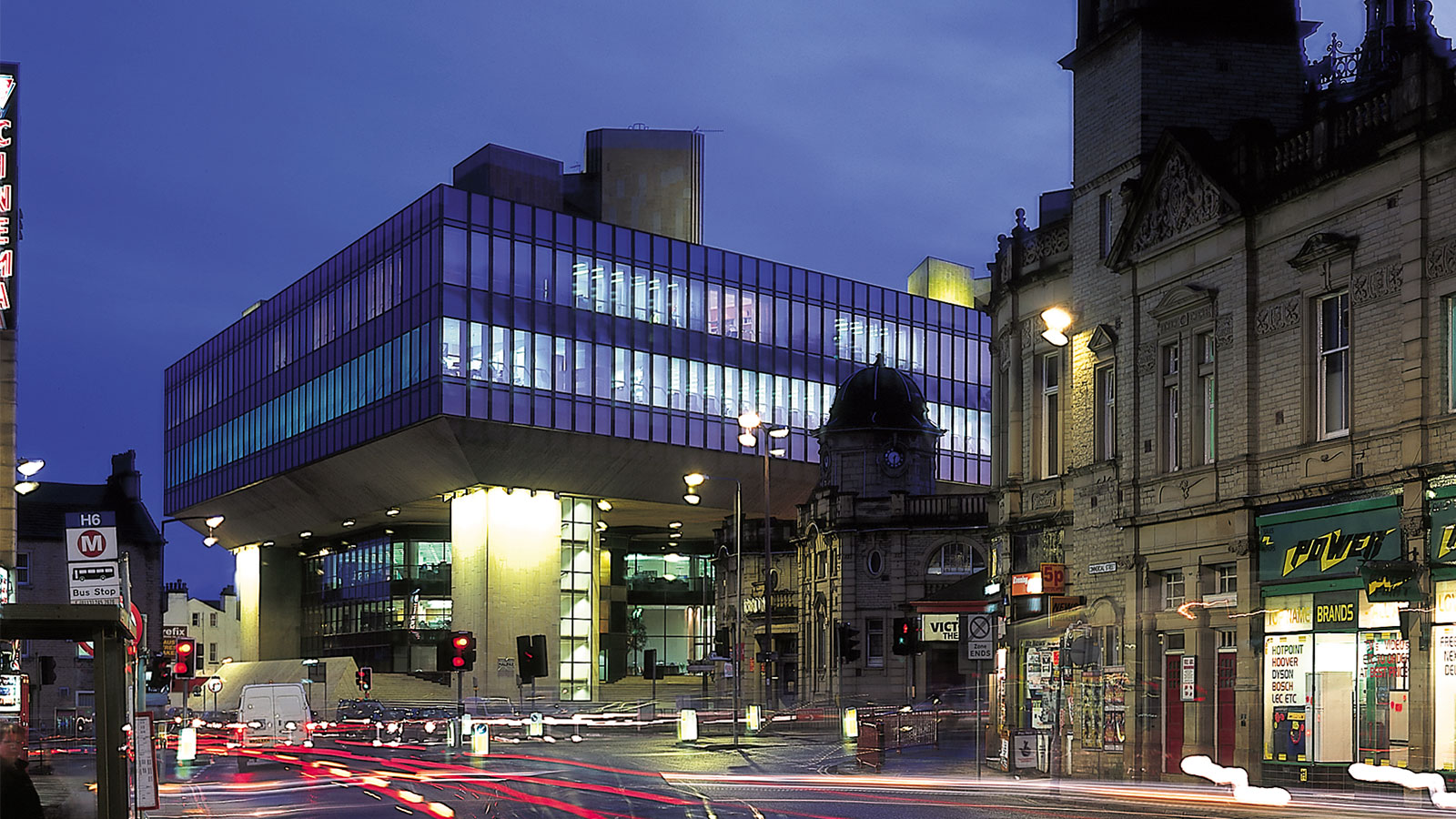
He became an Associate during the project, in 1970. He also acted as assistant to Bill Pearson, the design leader of the office, working with him on the planning consultancy to the City of Derby and learning the ropes of management at the same time.
As a complete contrast, the next project was a commercial shopping and residential development on the banks of the river in Durham, right under the gaze of the cathedral. This needed to be in a vernacular style to be accepted, with consultant Sir William Whitfield steering design for the city. It won the first Europa Nostra Medal. Work on Albert Dock, Liverpool followed, trying to fit part of the City Museum and the Polytechnic into the majestic but derelict iron and brick spaces. It failed to go forward, however. Form dictated function in both these projects, an education in itself.
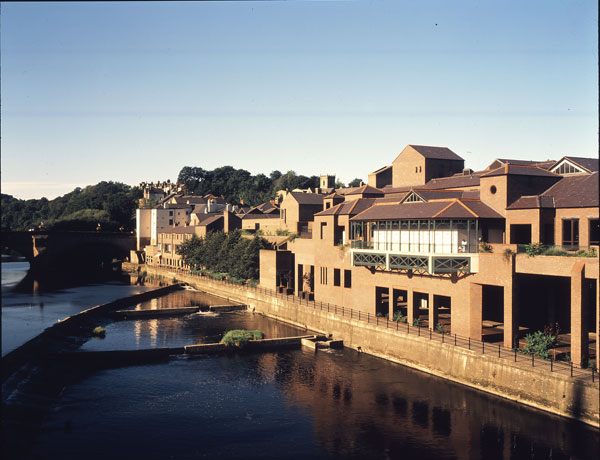
At the same time, Richard became involved in the communication and marketing function of the firm, travelling around the offices and helping to devise material to explain the practice and its projects in the period before overt promotion was permissible. This was to become a career-long involvement. In 1977 one of the Manchester office partners died suddenly and Richard was appointed as an equity partner. The firm’s dominant project then became a planned engineering centre for Leyland Cars (the umbrella business for most of the UK popular car brands) at Gaydon, Warwickshire. Several BDP offices were involved, with different elements allocated to each. A mat-form of design created a small town under one roof. Leyland collapsed however and the project never started on site.
In 1981 he took a sabbatical to research and write a book on the concept of the atrium building, published in 1983 and later in the USA, Japan and Russia.
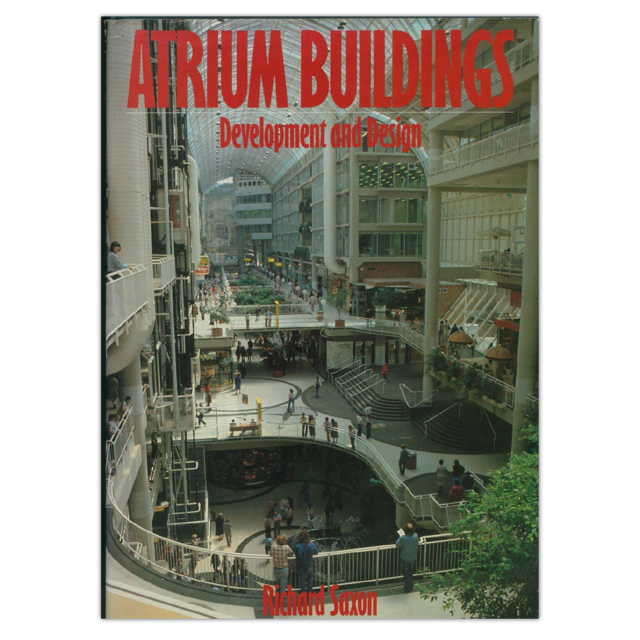
A second edition came out in 1986. The Japanese translation led to a lecture tour in Japan in 1989, starting a relationship with that fascinating country which persists now that BDP is Japanese owned. He became part of the Management Group of BDP in 1984.
In 1985 he was commissioned by the National Economic Development Office to create a client guide to using the construction industry. The guide, called ‘Thinking about Building’, includes a ‘gameboard’ of the procurement options available and started a train of thought on industry reform.

In 1986 the opportunity arose to move to London office, then led by Bill Jack. Wife Anne secured a job as a Civil Service lawyer, whilst the Management Group role was location independent. However, once the move was in progress, Big Bang in the City of London financial services generated major opportunities. Richard moved back into design to pitch for and win the HQ project for the Morgan Guaranty Trust (later to become JP Morgan) in the City. The project completed in 1993, by which time he was a Liveryman of the City and a member of the then relatively new Worshipful Company of Chartered Architects. He also became a Fellow of the Royal Society of Arts.
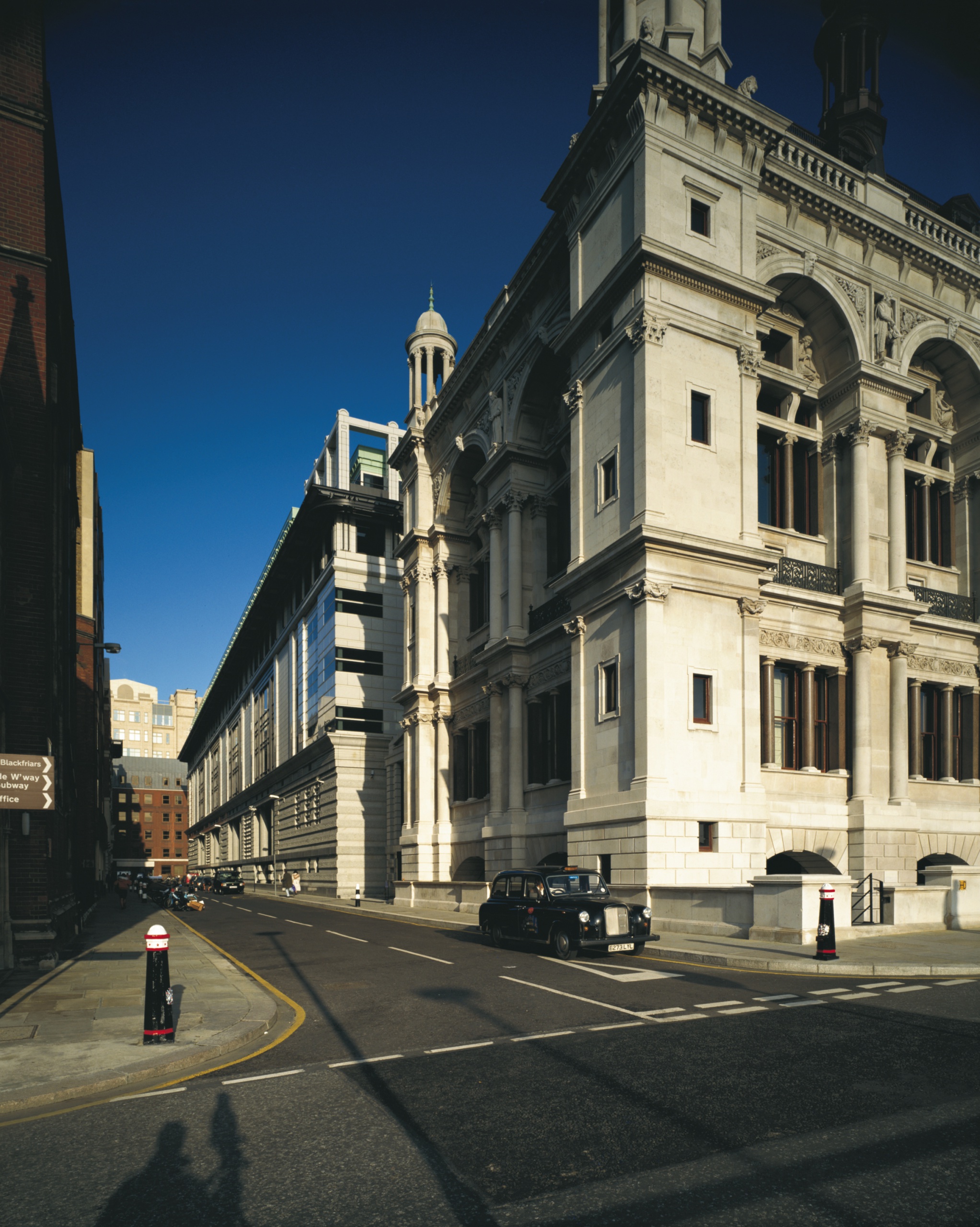
His interest in office buildings led to an invitation to be a founder member of the British Council for Offices, the BCO, in 1990. The cross-industry body was formed to champion quality in office development, design and construction. Richard was elected to the Board and became sixth President in 1995-6. His guest speaker at the annual dinner was Sir John Egan, soon to review the industry for the Labour Government.

Further office buildings were developed in the City and West End of London, including Henrietta House, now remodelled as the HQ of CBRE. He organised a European study tour of new HQ buildings for BDP leaders which led to several more major projects. Richard became chairman of the London office of BDP in 1992.
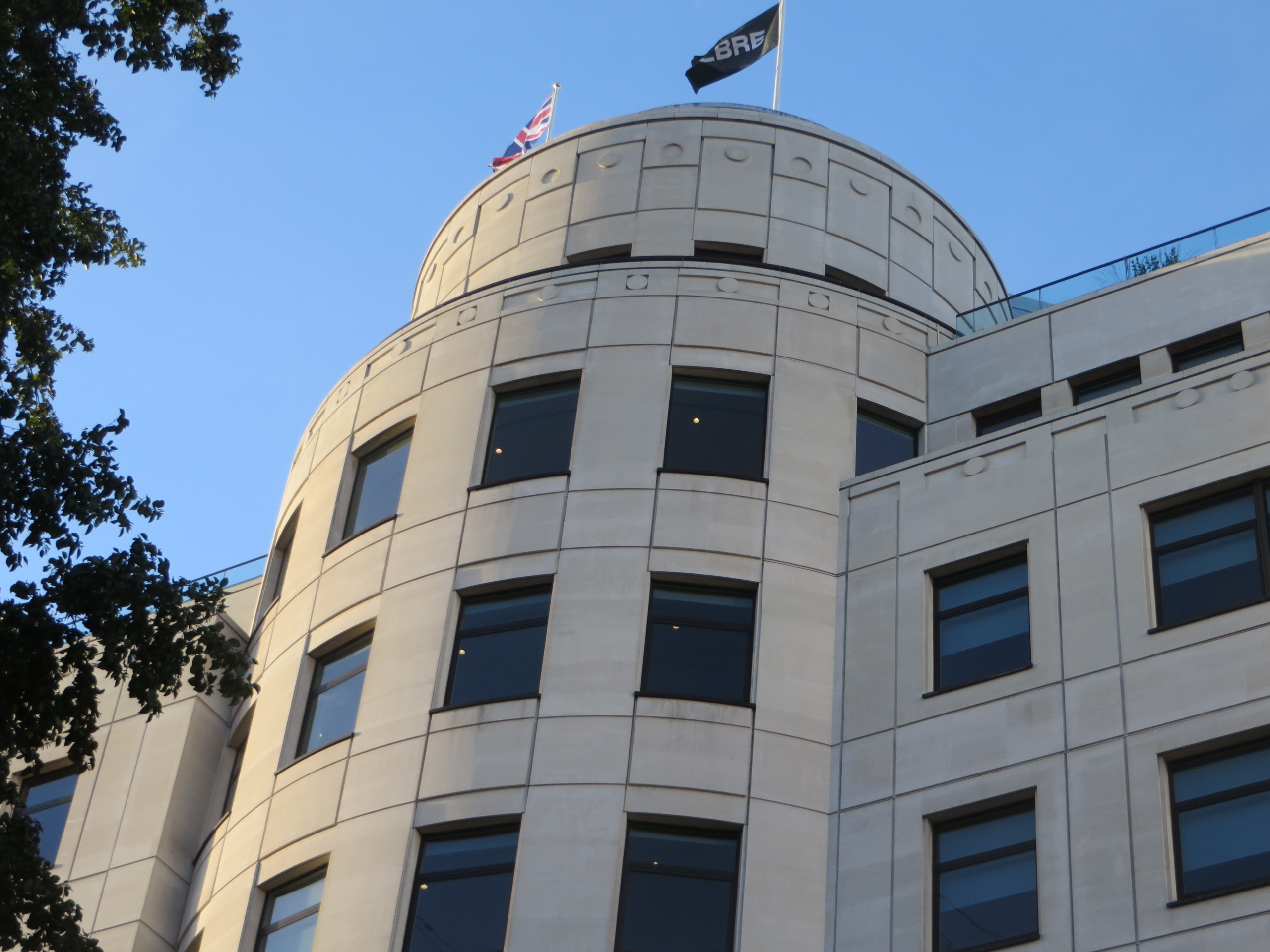
The economy slumped in that year, with BDPs’ workload halving as major projects completed and were not replaceable. One exception was the redevelopment of the Wimbledon lawn tennis club site. A competition was run in 1992 and Richard led the winning team, making a 20-year master plan and beginning on implementation with a new No 1 Court, TV centre and servicing below ‘Henman Hill’. The plan was completed for the 2012 Olympics.

Another exception was found abroad, with the winning of an HQ for Opel Cars in Russelsheim near Frankfurt. Opel was an atrium building, and in 1993 Richard’s second book, The Atrium Comes of Age, was published by Longmans.
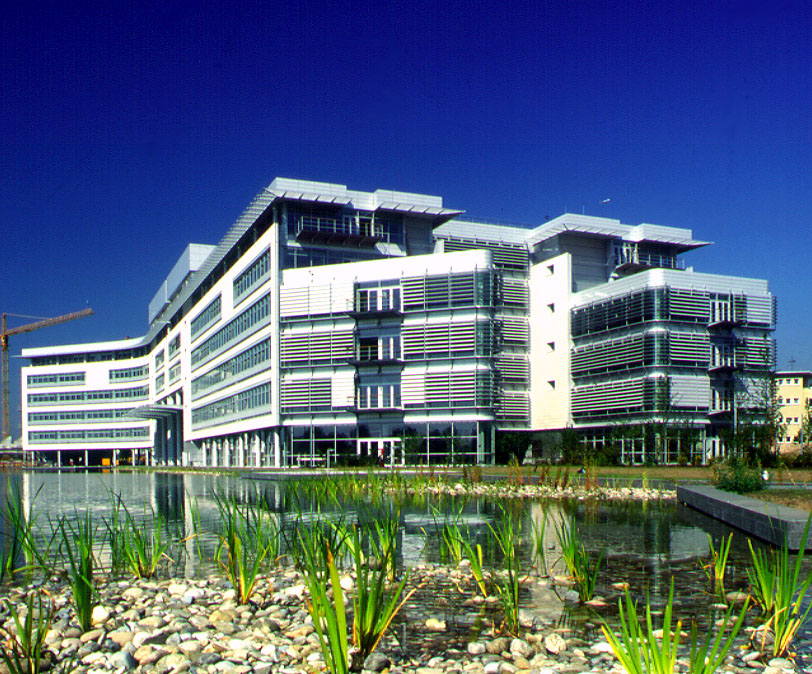
In 1993 the Latham Review of the construction industry was published, criticising the state of it and its self-defeating way of working. Radical measures were needed, and the private sector response included developer Sir Nigel Mobbs forming the Reading Construction Forum, a ginger group drawn from across clients, consultants and contractors to propose and implement new, more collaborative approaches, including Partnering. Richard was invited to join it and became its second chair in 1998. In 2002 it merged with the Design Build Foundation and was renamed ‘Be: collaborating for the Built Environment’ under Richard’s leadership. He also chaired government-sponsored committees on implementing the Latham recommendations, drawing together representatives from all sides of the construction world.
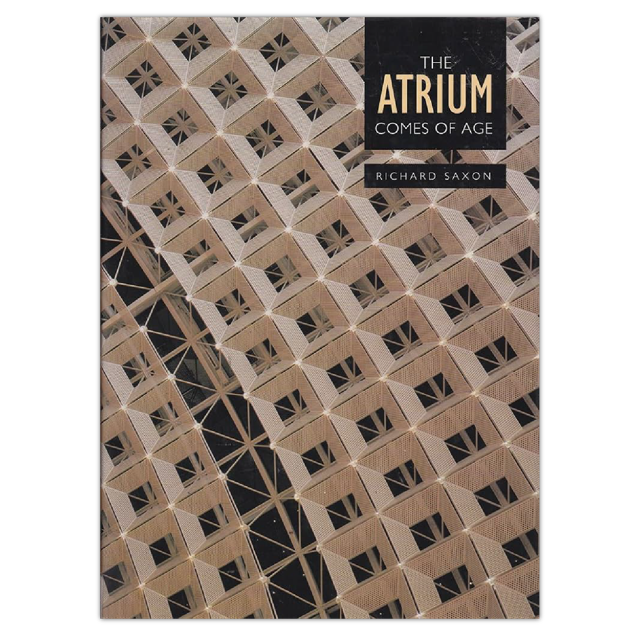
In 1996 BDP elected Richard as practice chairman. The chair is held for two-year periods, elections alternating with those for the chief executive. Richard served three terms, until 2002. One theme of his chairmanship was to position BDP as a collaborative collective, working with clients and industry for better outcomes. The Private Finance Initiative (PFI) was in full swing and BDP had some success, though not with the Home Office project. The period also included the first flush of Millennium Lottery projects where BDP was fortunate to carry out several, including the redevelopments of the Royal Opera House, Royal Albert Hall and National Maritime Museum. In the Birthday Honours of 2001 Richard was made a Commander of the Order of the British Empire (CBE) for services to architecture and construction.
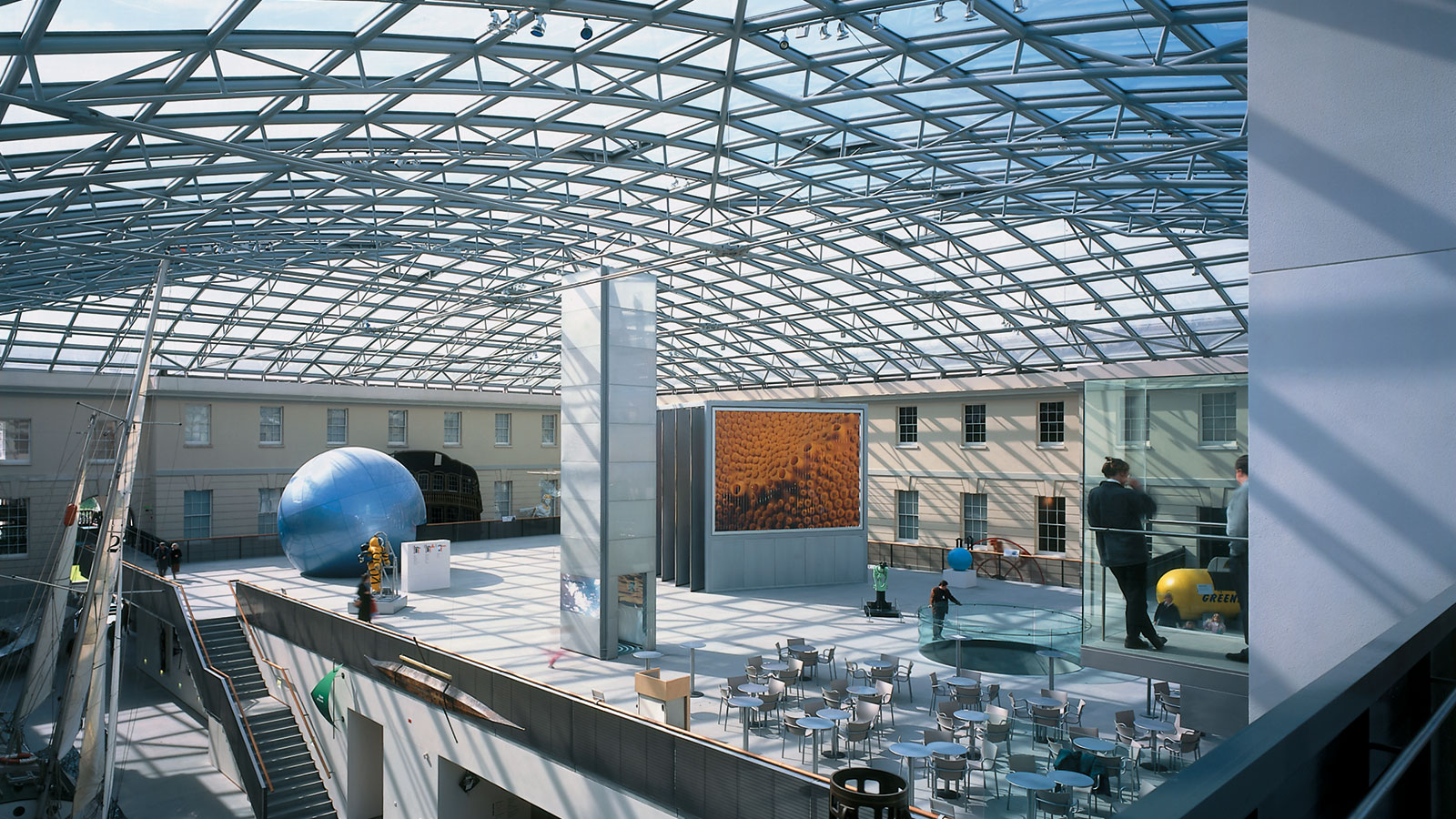
In 2002, after stepping down as BDP chairman in favour of Nick Terry, he accepted an invitation to be Vice-President of the RIBA, looking after the Practice portfolio and joining the RIBA Council. He served four RIBA Presidents over the six years permitted on Council, concluding as a member of the RIBA Holdings Board. From 2004 he also joined the Building Committee of the University of Cambridge as a ‘lay member’ or client adviser, continuing there until 2016.

In 2004 Richard was invited to become third chair of the City Architecture Forum. This society for people interested in the quality on modern building in the City of London was formed in 1991 and is open to lay and professional membership. Richard joined at its formation and was chair until 2015. On its 20th birthday in 2011 the Architects Journal and the Forum co-published City Architecture, a two-decade review of new building which the then Lord Mayor, Sir Michael Bear, introduced and distributed on his worldwide tours.

Between 2002 and 2005 at BDP he focussed on marketing and communications until leaving in 2005 at the then mandated retirement age. One of his final tasks was to apply the deep hospital design experience of BDP’s French associate firm, Groupe 6, to assist in re-establishing BDP as a leading designer for healthcare.
The September after leaving BDP marked the start of his year as Master of the Architects Company, a Livery Company of the City of London. This involves a full programme of ceremonials, events like the Lord Mayor’s Show, visits, Court and committee meetings, clearing his mind for the way ahead. He delivered the Company’s annual Milo Lecture on ‘The future of the architectural profession: a question of values’, contrasting the idea of the architect as artist with that of the architect as a professional. Richard and several other senior members made videos for students on their careers and how they started. ‘Why and How I got into Architecture’ can be viewed here. He remains on the Court as an honorary member and is also in the ‘Figaro’ Past Masters’ Association for his year, named after 2005-6 Lord Mayor Sir David Brewer’s dog.
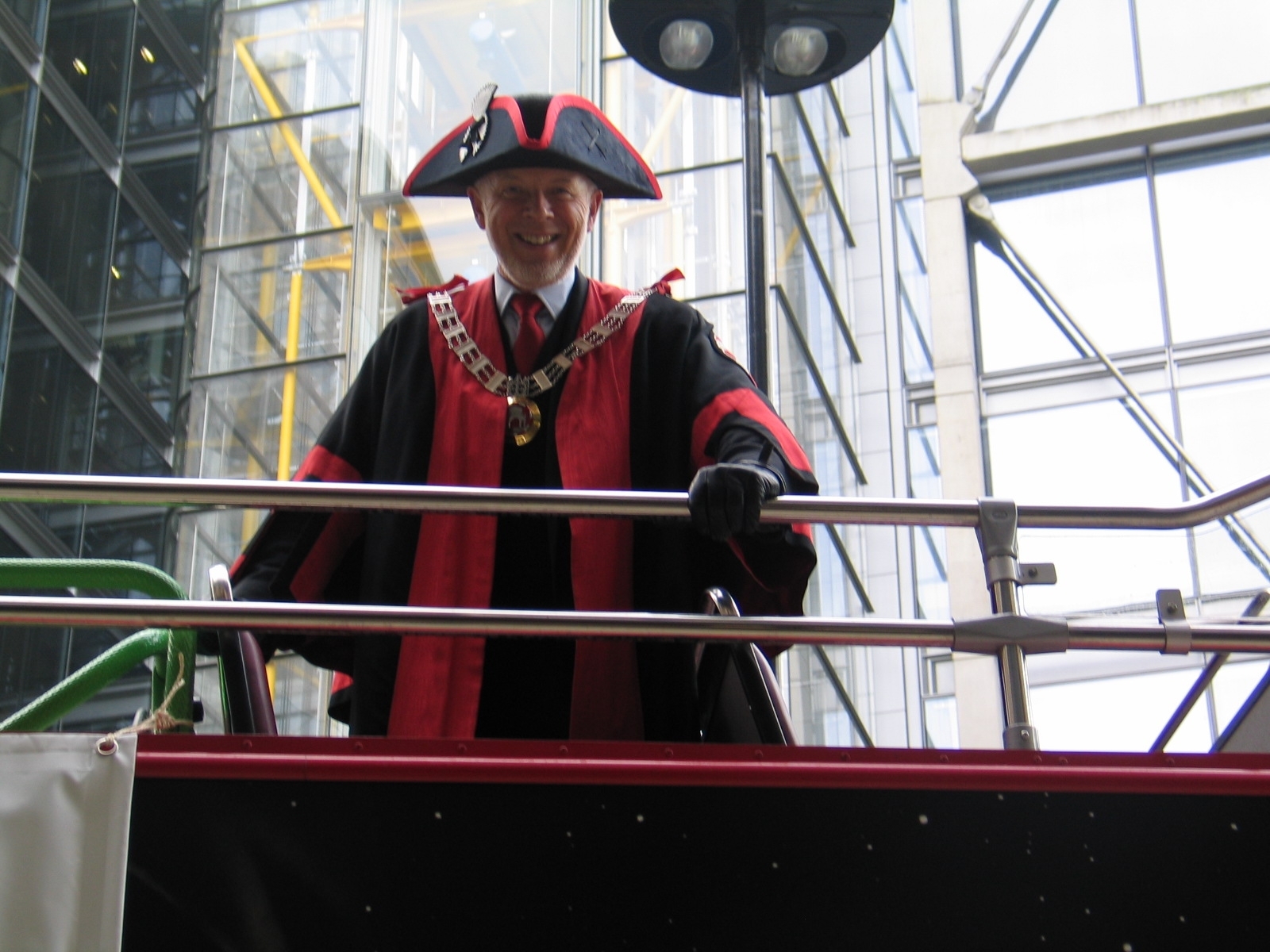
In 2005 also came the publication of ‘Be Valuable. A guide to creating value in the built environment’. This study, done with a powerful group of members of ‘Be’, was written up by Richard and published by Constructing Excellence, with whom Be merged at that date, closing his period of chairmanship. Also in 2005, Richard set up Consultancy for the Built Environment, providing clients, consultants and constructors with advice based on his wide experience. One of his first clients was architect Cartwright Pickard, whom he continued to advise until 2022.

In 2006 the Construction Industry Council (CIC) appointed him to their Executive Board to look after research, innovation and knowledge. Building Information Modelling (BIM) was one of the nascent areas which he championed to government.
Also in 2006, he joined the Research Reference Group of the Commission for Architecture and the Built Environment (CABE), steering proposals. Then in 2007, as London won the role of hosting the 2012 Olympic Games, he was invited to be a member of the Independent Dispute Avoidance Panel, a team of experts to help the builders of the games facilities to deliver on time and budget without disputes. Chaired by Martin Barnes, this panel was successful.
In 2010 the Government appointed a Chief Construction Adviser, Paul Morrell, to help them follow up on all the changes flowing from the Latham and Egan reviews. Low Carbon was one of the key topics and CIC nominated Richard onto the Low Carbon Construction Innovation and Growth Team. Digital innovation was another area of interest and in 2011 Paul Morrell announced that all government projects from 2016 would use Building Information Modelling (BIM). The five-year notice was to allow the necessary training and uptake of this working process. The government business department appointed Richard in 2012 to be UK BIM Ambassador for Growth, to sit on the BIM Steering Group and to spread the word. Richard was commissioned to write a research study ‘Growth through BIM’, published by the CIC in 2013. What followed was a series of presentations and consultancy opportunities, including helping to convince the European Union to follow the UK lead in mandating BIM.
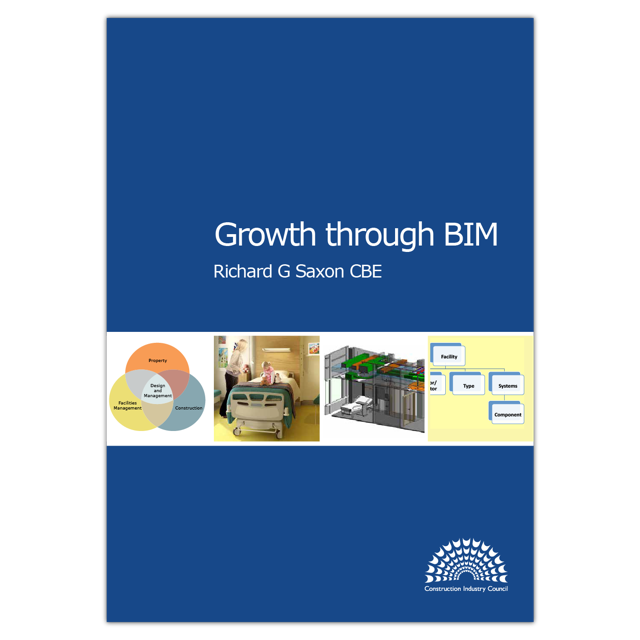
In 2013 Richard was appointed a non-executive director of BLP Insurance, a firm providing structural warranties and interested in the potential of BIM. That role continued for two three-year terms. In that year he was also made a Fellow of the RICS. The RIBA responded by making him a Fellow member in 2016 as it revived the category.
In 2015 he joined Kester Robinson at Deploi, a consultancy helping architects to start using BIM. The aim was to extend the service to clients. He wrote a book, published by the RIBA, called ‘BIM for Construction Clients’ which came out in March 2016 just as the government mandate to use BIM started. For Deploi and for the UK BIM Alliance he wrote ‘Going Digital’, a client guide, in 2018. The Alliance was formed by the industry to take over leadership of the UK BIM rollout once government stepped back as the mandate began. With Deploi he has advised Pocket Living, the City of London, the RIBA and developer Urban Splash on information management.
In 2023 he wrote ‘Taming the Tsunami’, a client guide to information management.
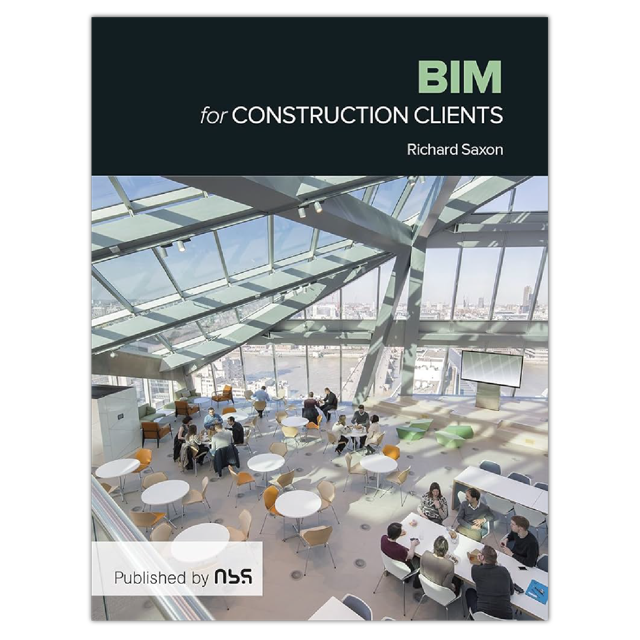
Also in 2015, he was elected chairman of the Joint Contracts Tribunal (JCT), the leading contract-writing body. The association with JCT began in 2003 when they founded their annual Povey Lecture and asked Richard to deliver the first one. Richard’s lecture, ‘Vision for the industry formerly known as construction’, covered the whole gamut of challenges and ideas for the future of the business of planning, designing, constructing and operating buildings. He served two three-year terms as chair of JCT, convening its long-established Council and Board of representatives from clients, consultants and constructors. The quarterly Chairman’s Letter published by JCT provided a platform for policy articles and commentary, many to be found on this website.

On the personal consultancy front, he also advised cost consultant EC Harris (now Arcadis) and its clients for three years, Hoares Bank, whom he helped in the creation of their extension at 40 Fleet Street, Great Portland Estates, Willmott Dixon, Ecodomus, a provider of BIM Common Data Environments, the Danish Association of Construction Clients and the magazines Construction Management and Planning and Building Control. Throughout his career he has contributed articles and blogs to industry magazines, spoken at conferences and advocated for reform and the uptake of transformational technology.
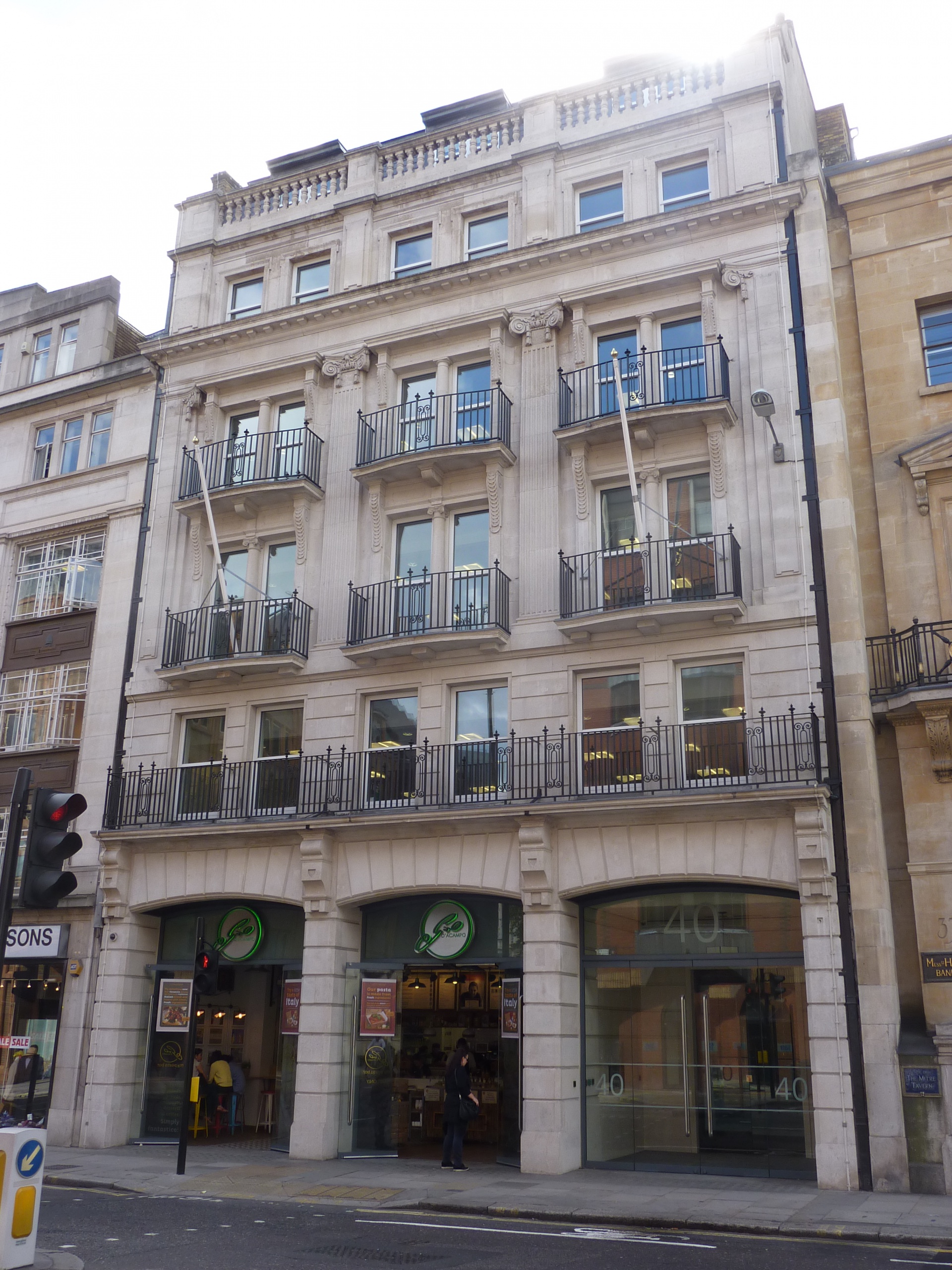
Hoares Bank
In 2018 Richard joined the Architecture Club, a longstanding society for lay and professional people which meets to debate, to visit good buildings and to tour fine cities. With the advent of remote working, Richard now divides his time between London and Scottsdale, Arizona, where he and his wife have owned a winter home since 2001.

+44 (0)7768 482 838